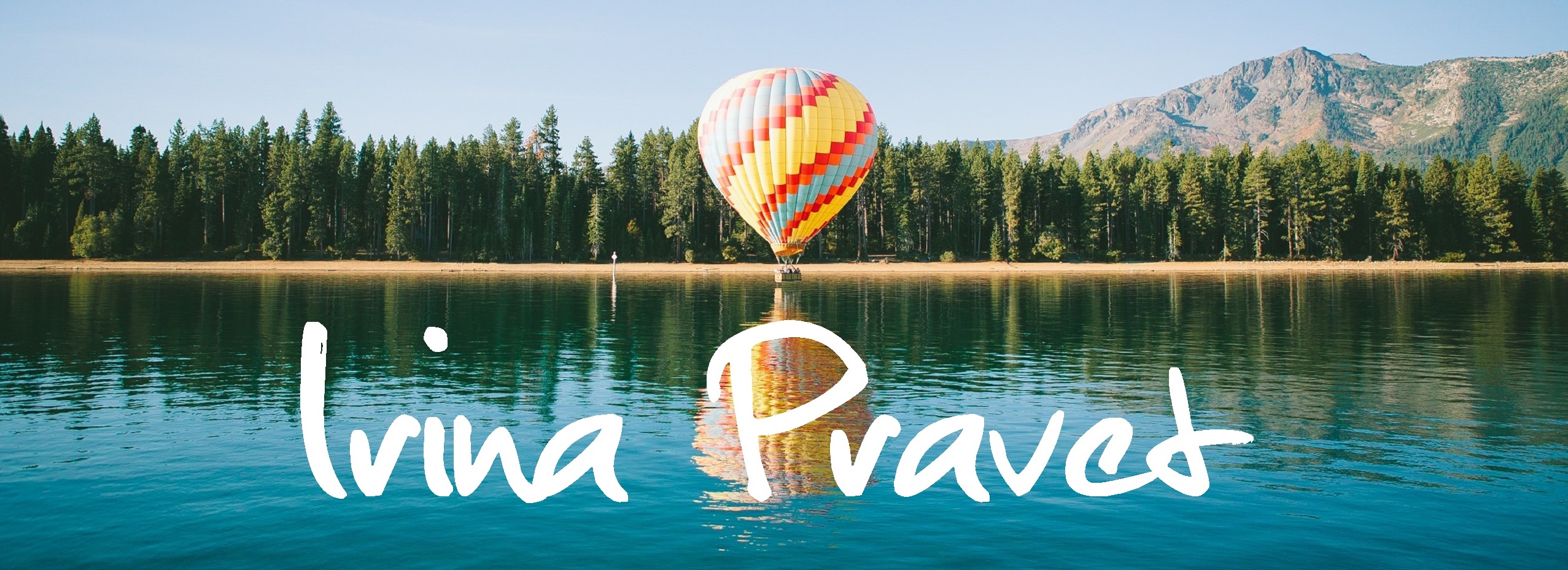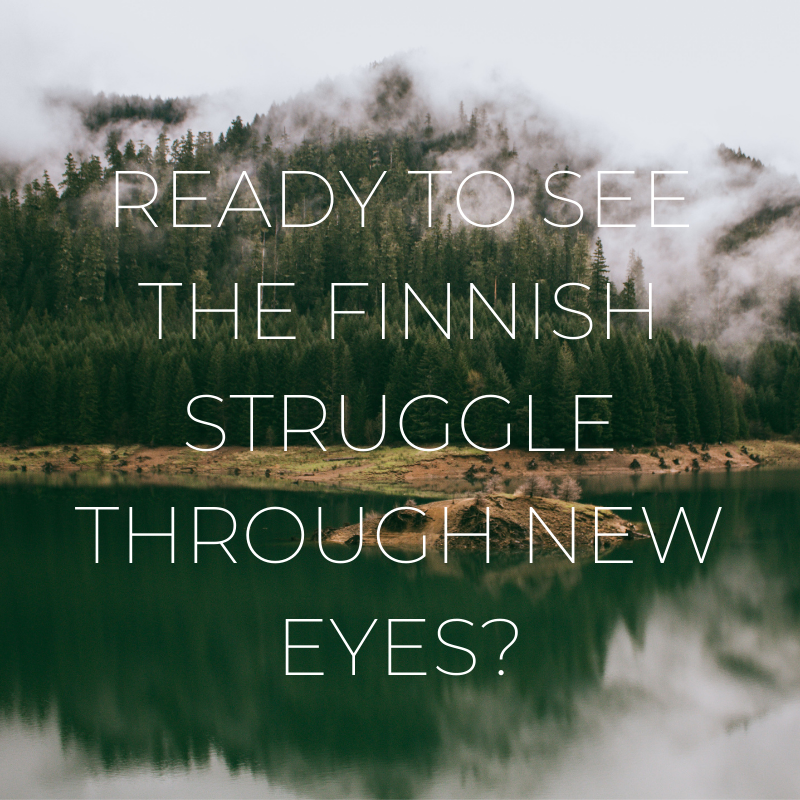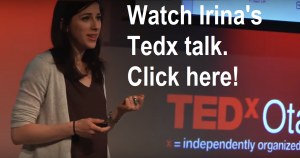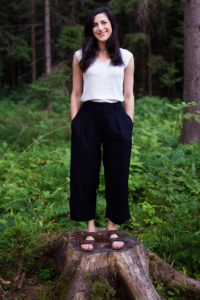As humans, we share so much about our perceptions of the world through stories. As language learners, we also tell ourselves and each other stories that that build up our perceptions, and thus our reality. We’ll explore this in a second, but first, a language learning story:
—
Once upon a time…

You’ve made up your mind. You’re going to call the gym, and speak to someone in Finnish.
No matter who answers, you’re determined to keep the conversation in Finnish. You have a simple task: to ask a question about when the timetable. You know what you’re going to say, you’ve practiced saying it aloud to yourself and now you’re ready to say it to the person on the other end of the phone. You’ve even imagined what they might say back to you.
You pick up the phone and dial the number slowly but steadily. Your mind is racing, but your breath is rhythmical. You know you can do this, and that you’re about to do it.
It rings. Someone picks up. You greet them, they greet you. You ask your question, they answer it. You check to make sure you understood correctly, they confirm it. You thank them, say goodbye and hang up.
YOU DID IT! An overjoyed and uncoordinated dance-party breaks out in your living room. You can’t believe it!
Weeks earlier, when I’d told you you are fully capable of doing something like this, you didn’t believe me. You wanted to believe me, but it almost made you kind of angry. Obviously, I don’t know much about you, or I wouldn’t be suggesting you can do things you can’t. There must’ve been something to it…
Now that you’ve done it, a whole new world of possibilities starts to open up. What changed?
Your story did.
—
Not all stories are equal
When we feel anxious, overwhelmed or frustrated, this is a clear sign that the story we’re telling ourselves is disempowering us from doing what we want to do – and feeling how to we want to feel.
In contrast, when we feel engaged, excited and joyful, this is a clear sign that the story we’re telling ourselves is supporting us in doing what we want to do – and feeling how we want to feel.
When we change our stories, everything from how we feel and think, all the way to how we act shifts along with it.
So start by asking yourself: Is my language learning story supporting me or actually discouraging me in learning?
—
What makes a positive language learning story?
Finding our story and changing it is a process that doesn’t happen overnight. Sometimes we figure something out and then forget it until we’re reminded again. The process isn’t linear.
But we forget this.
And what makes a supportive story anyway?
Here are a few elements that make up good stories. A good story…
- Takes into consideration all the facts, including ones you’ve been overlooking
- Sees things as malleable, fluid and transitory, as opposed to black and white, or static – this is especially important when it comes to learning
- Leaves room for the unknown and the unexplained, trusting that things will unfold and become clear in their own time
- Is something you genuinely believe, even if you need to practice believing it
The best way I know to keep learning and growing in Finnish, is to think of language learning as a journey.
Curious to know which phase of the language learning journey you’re on – and see how it impacts your story? Click here to take the quiz!




